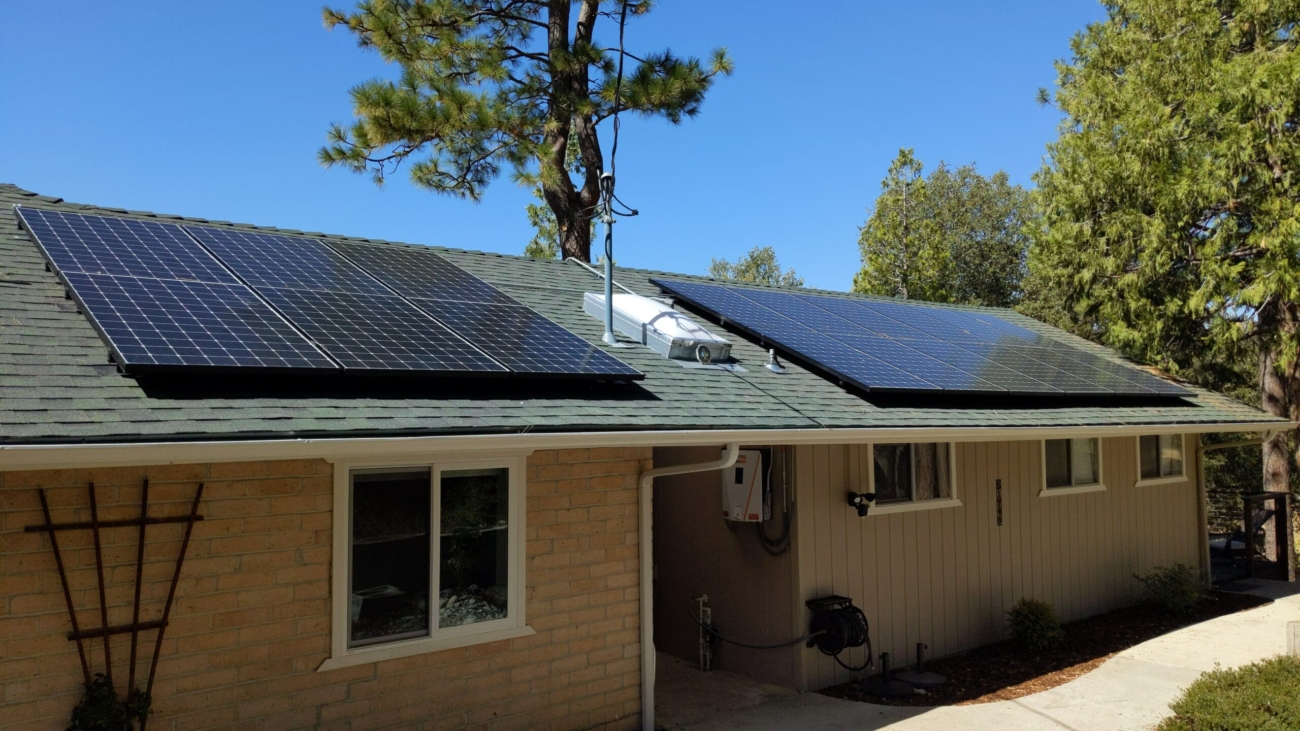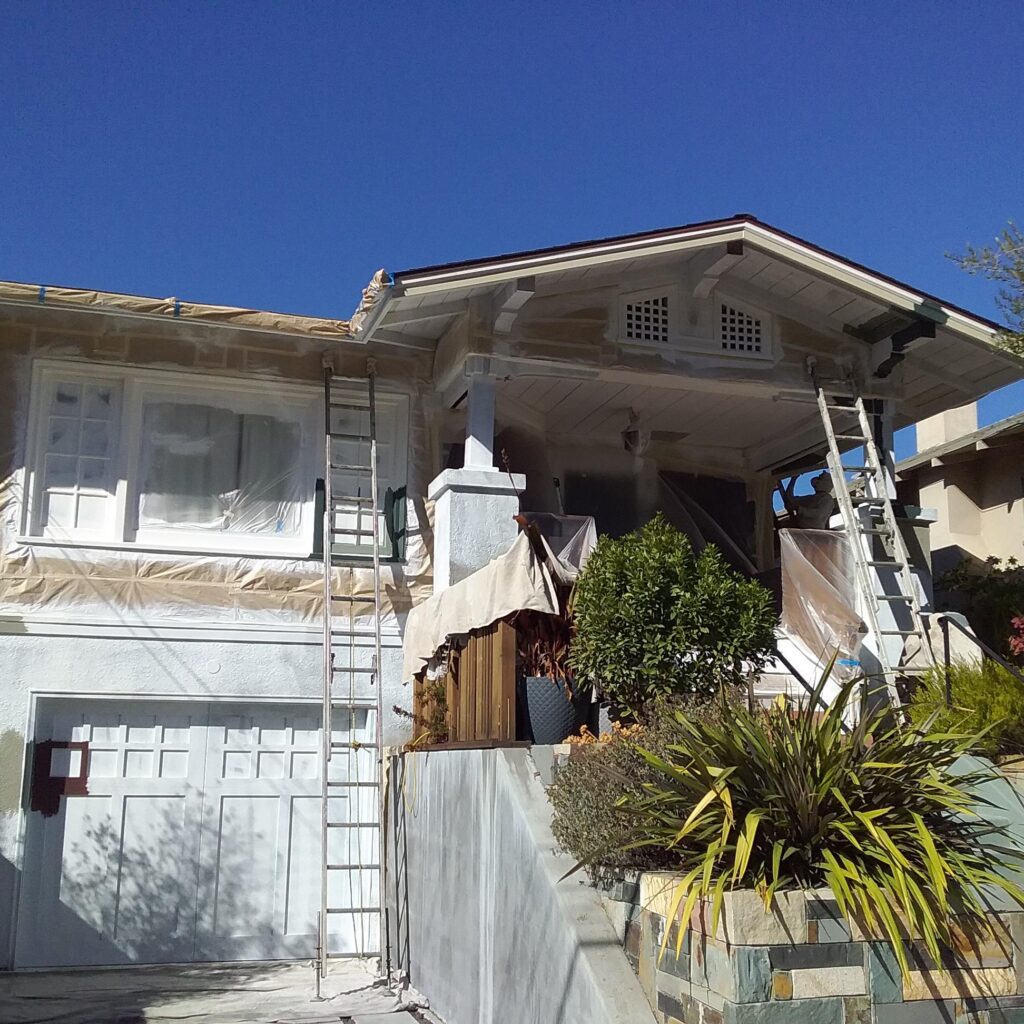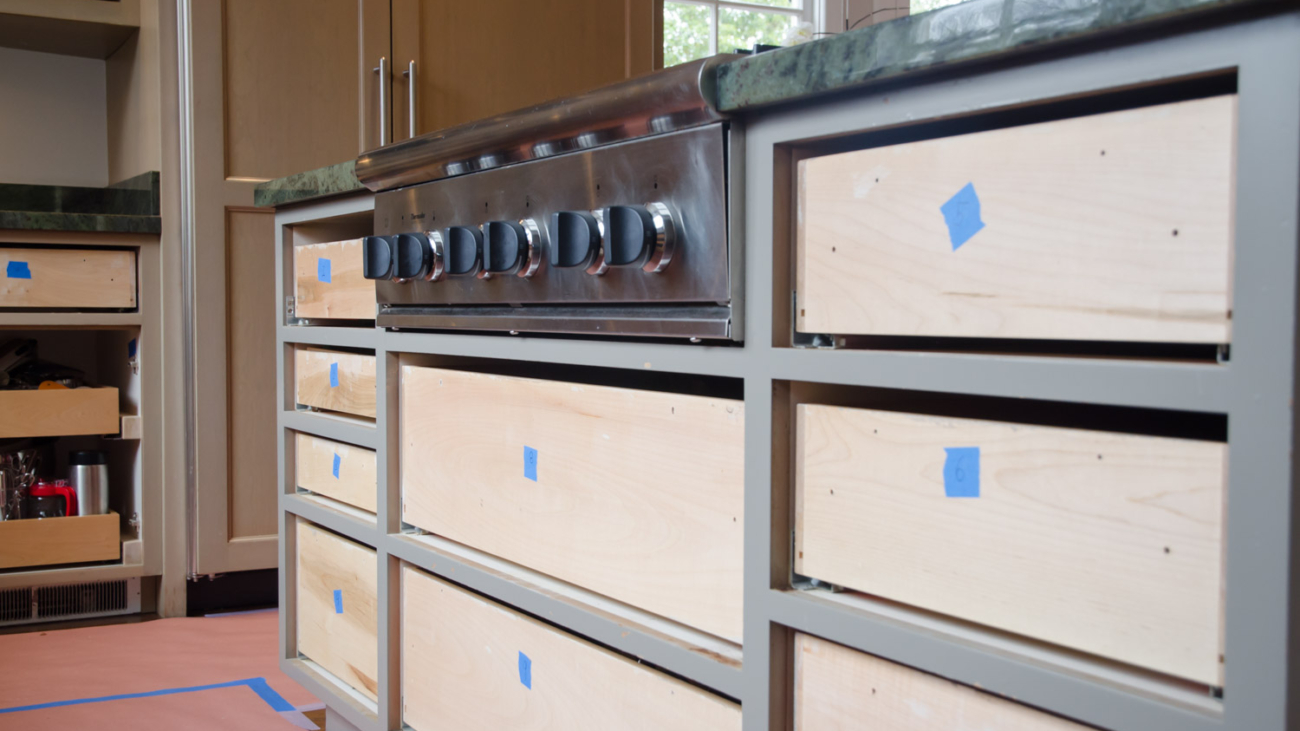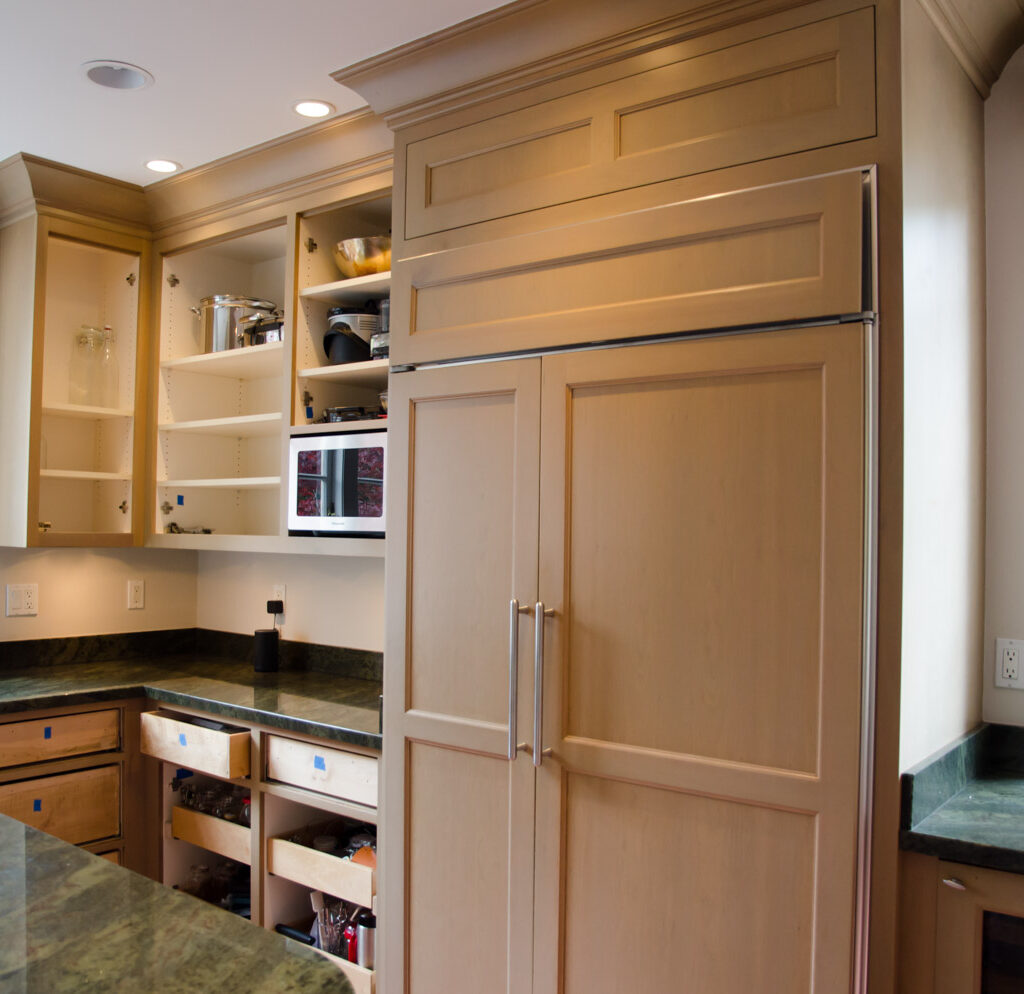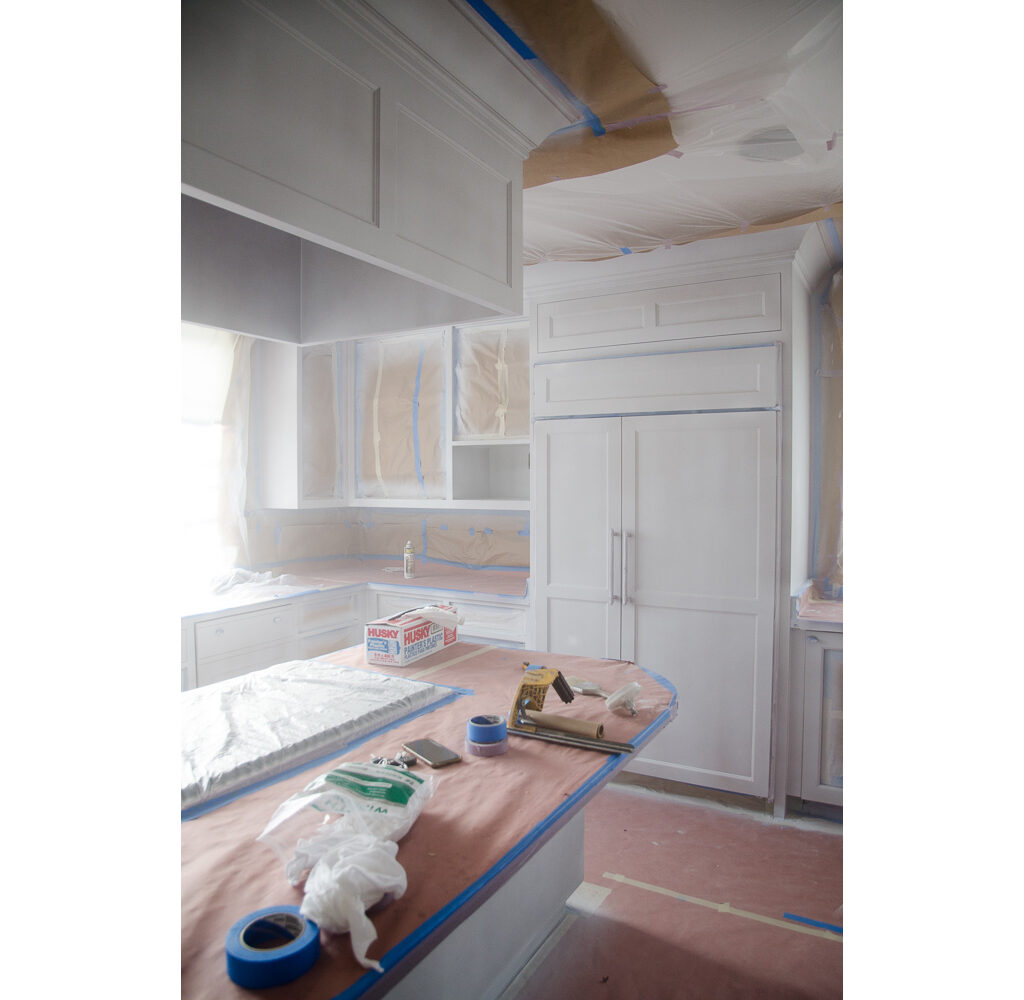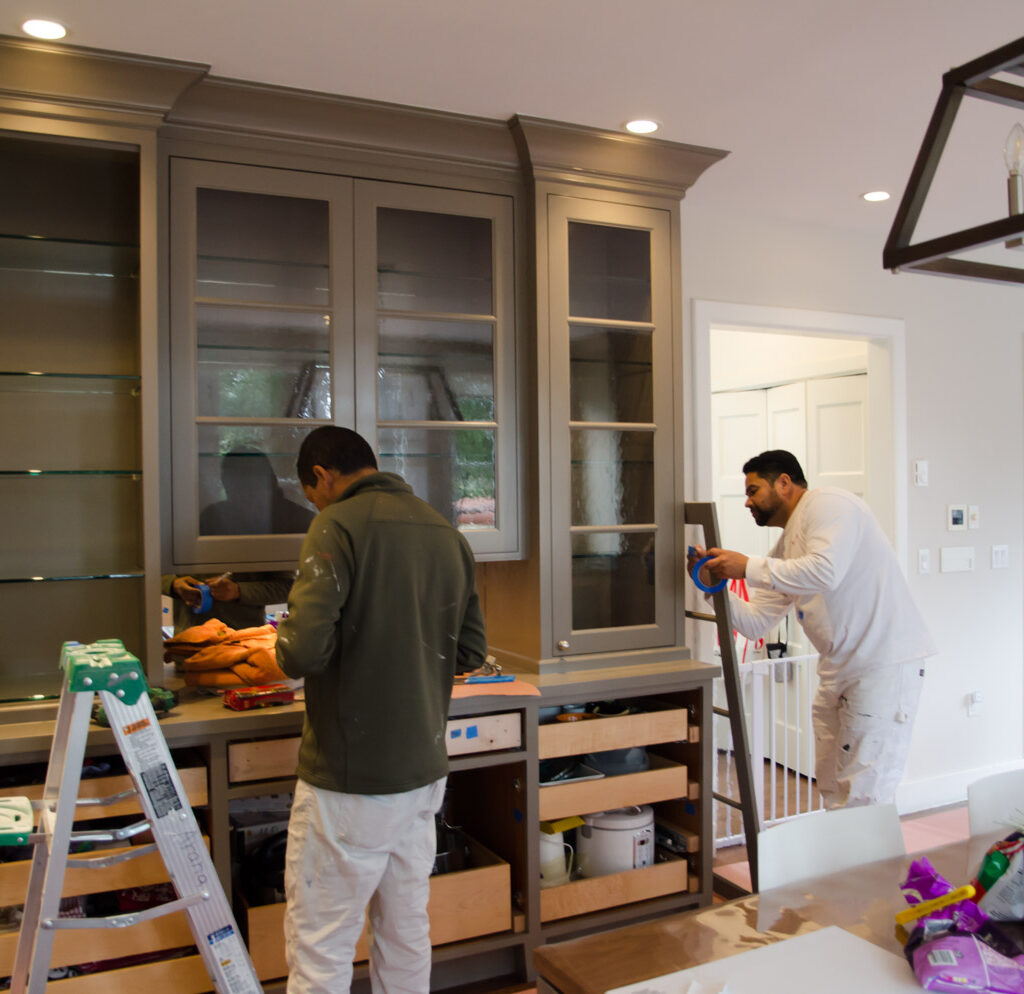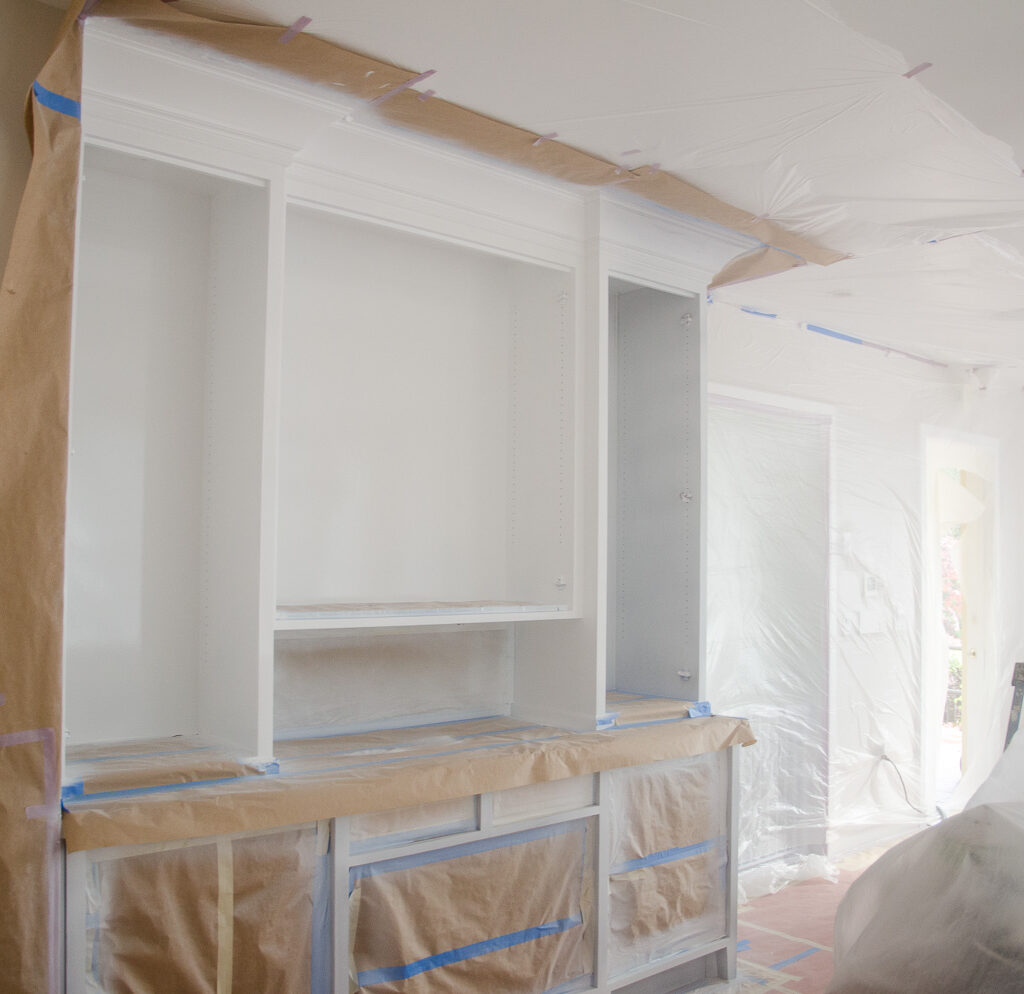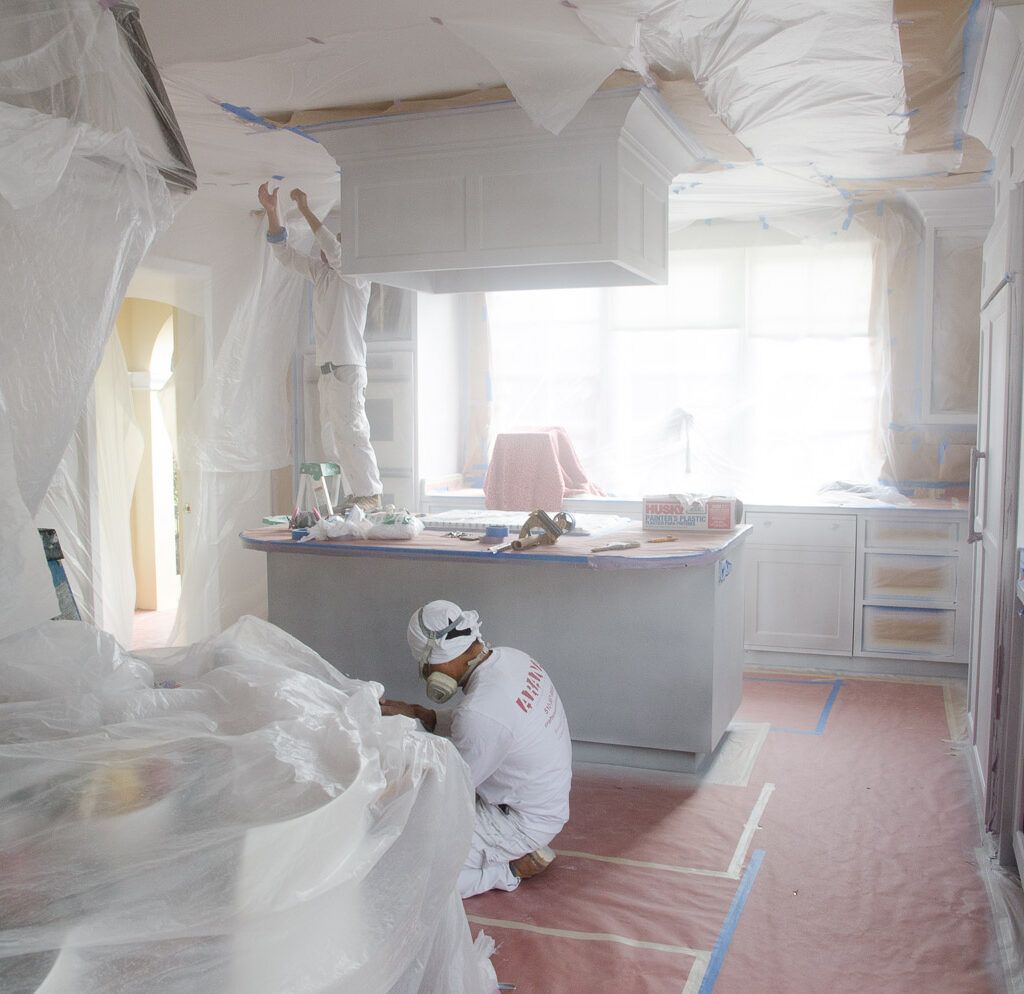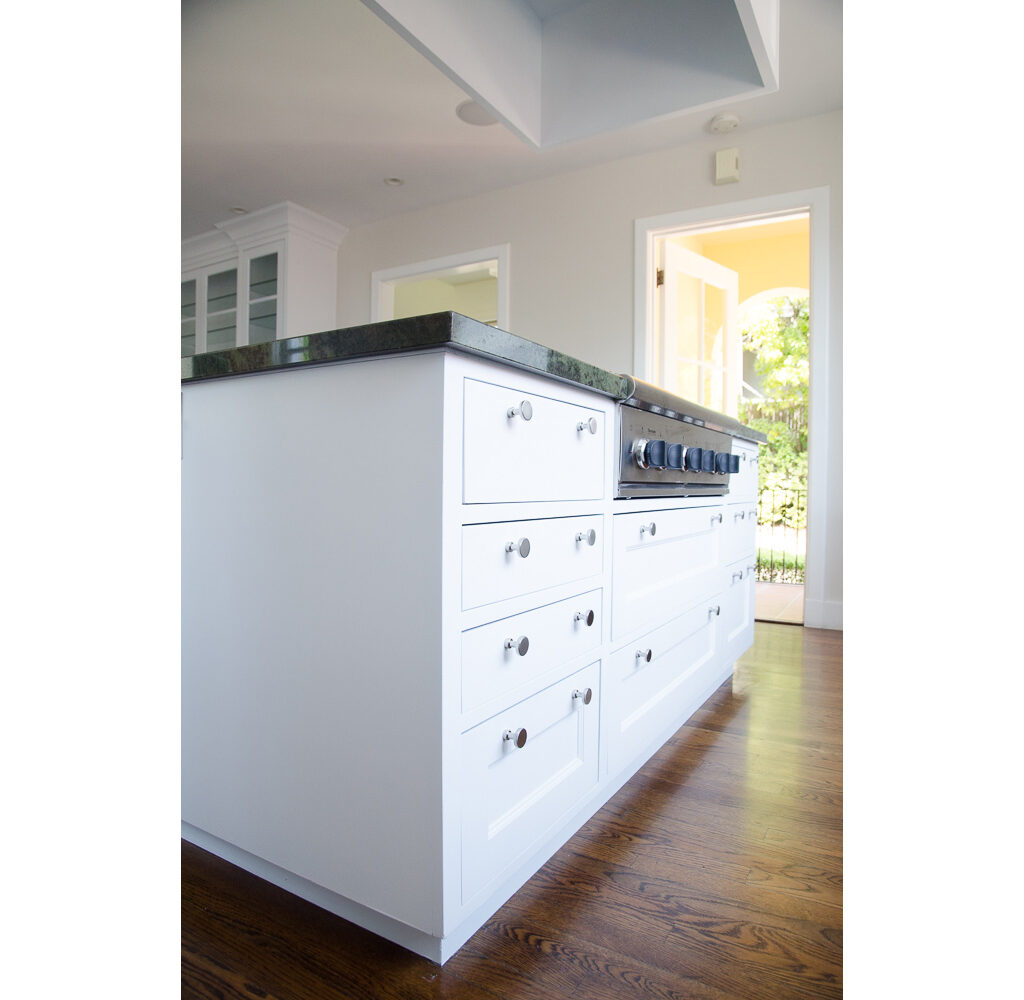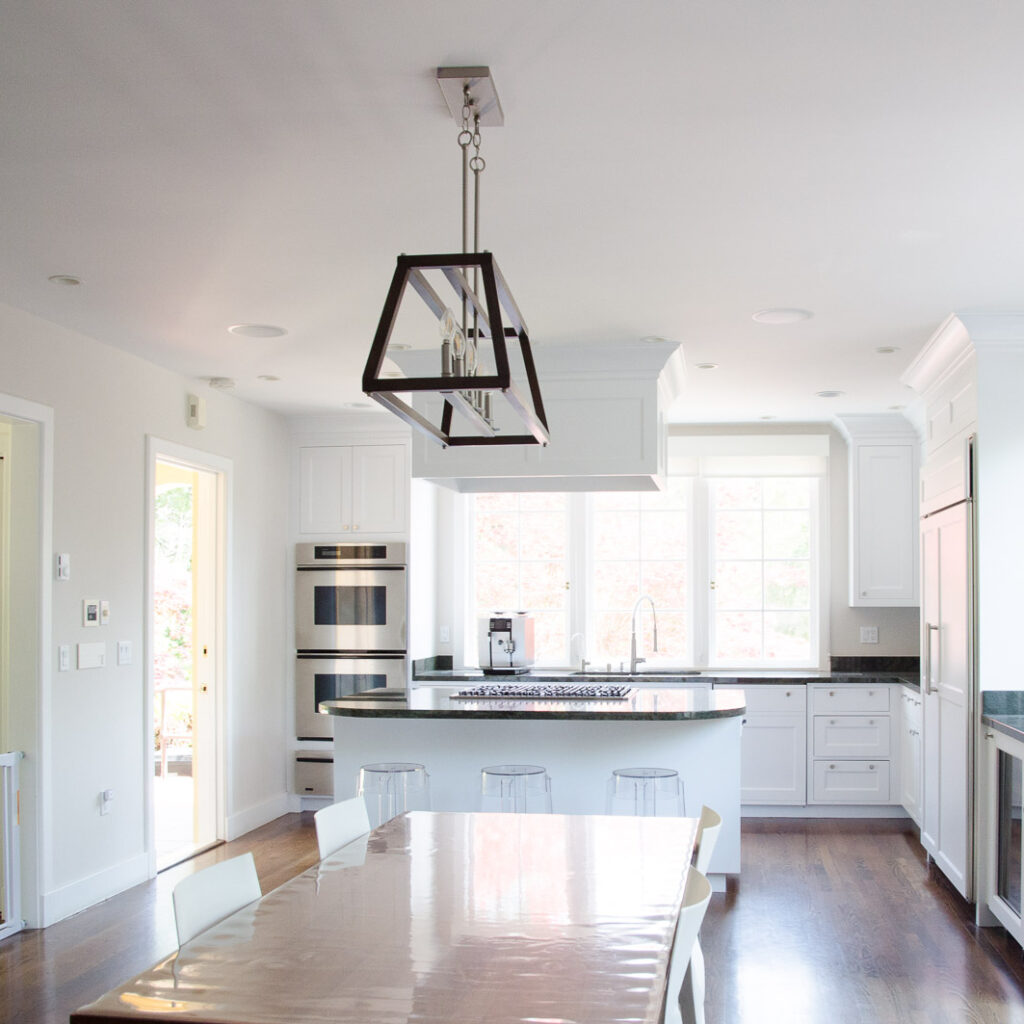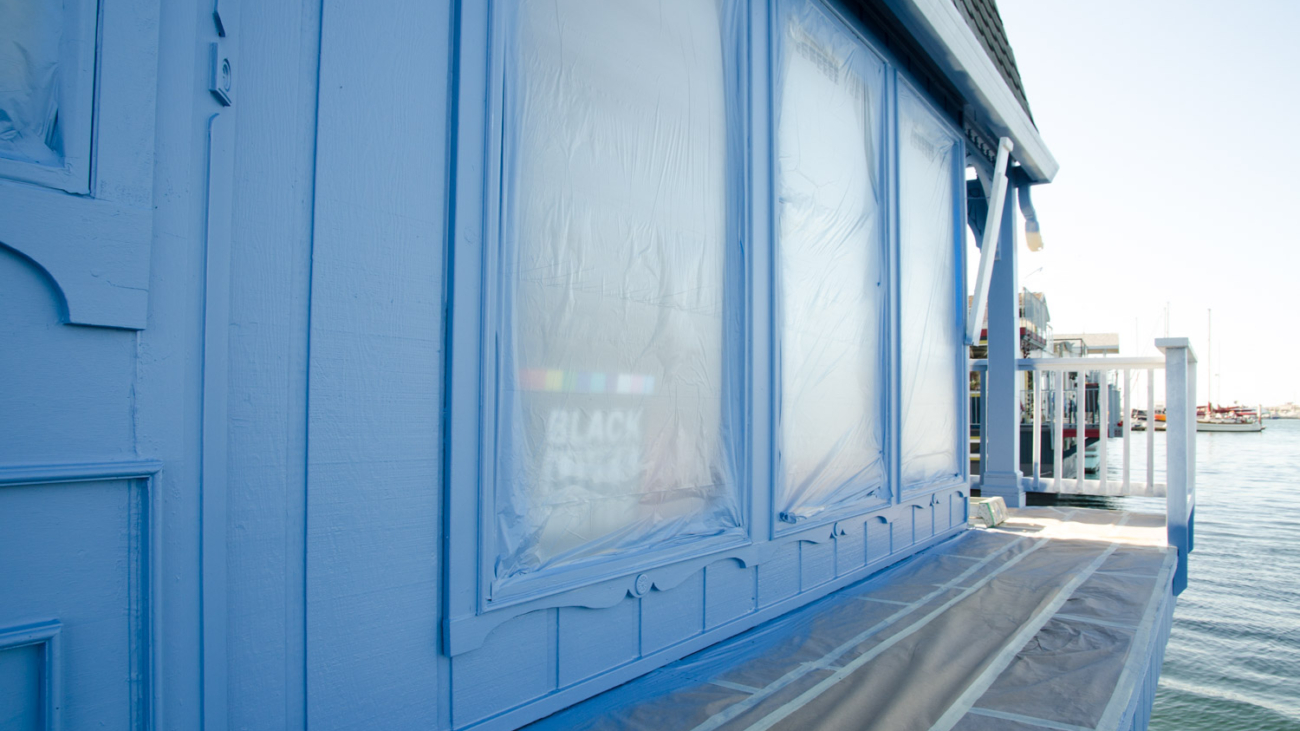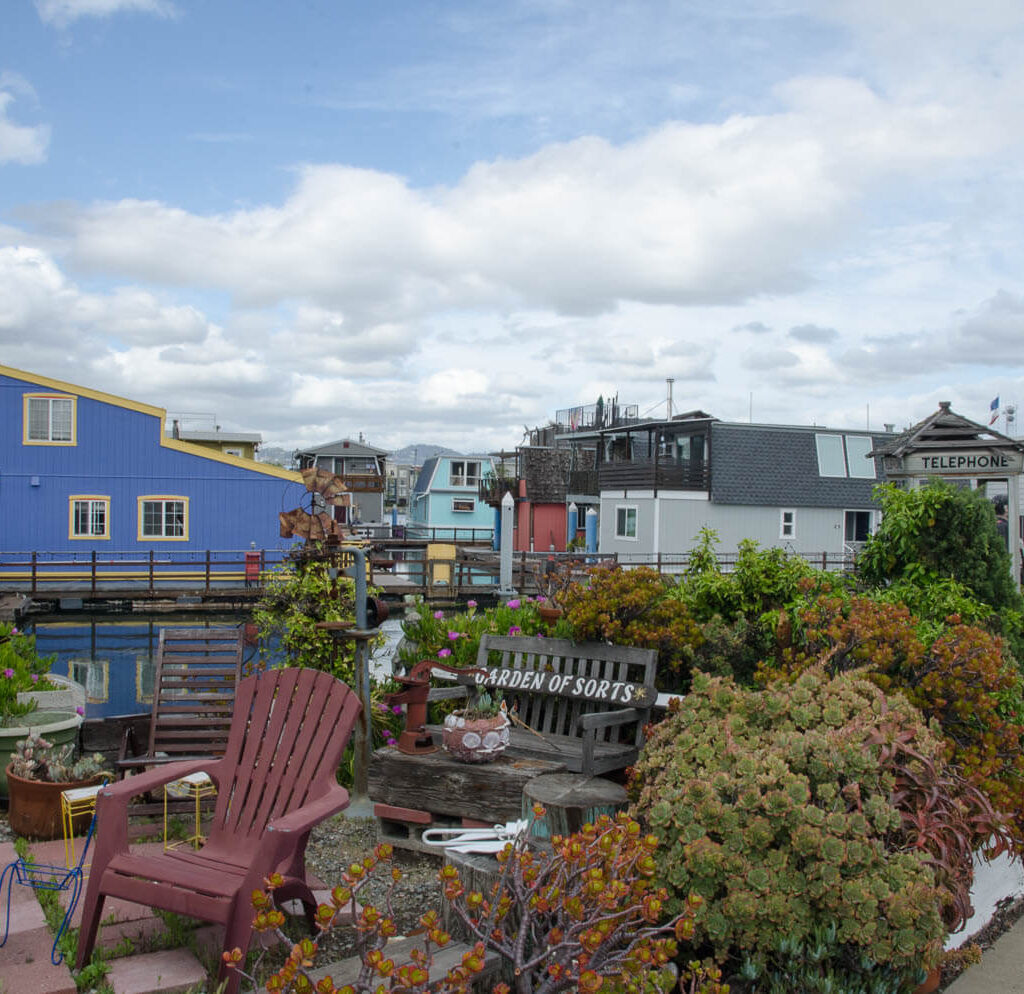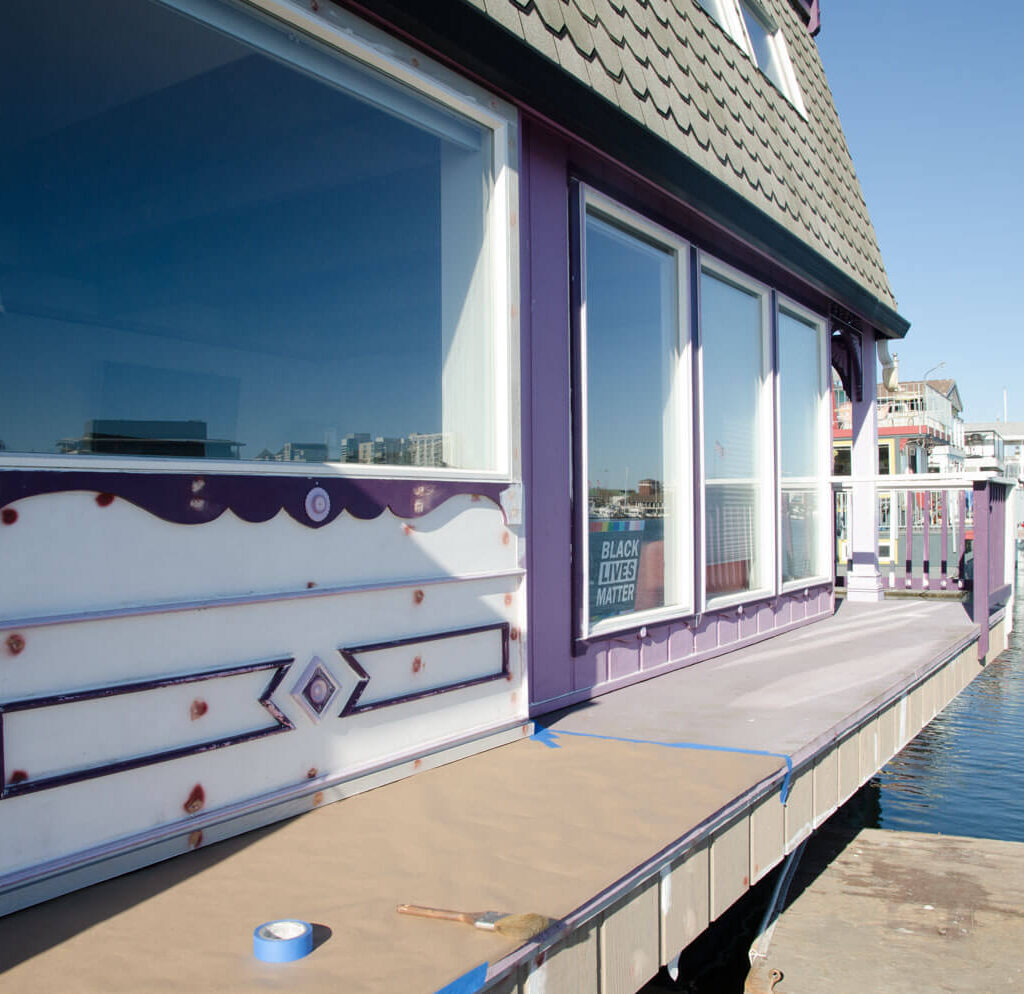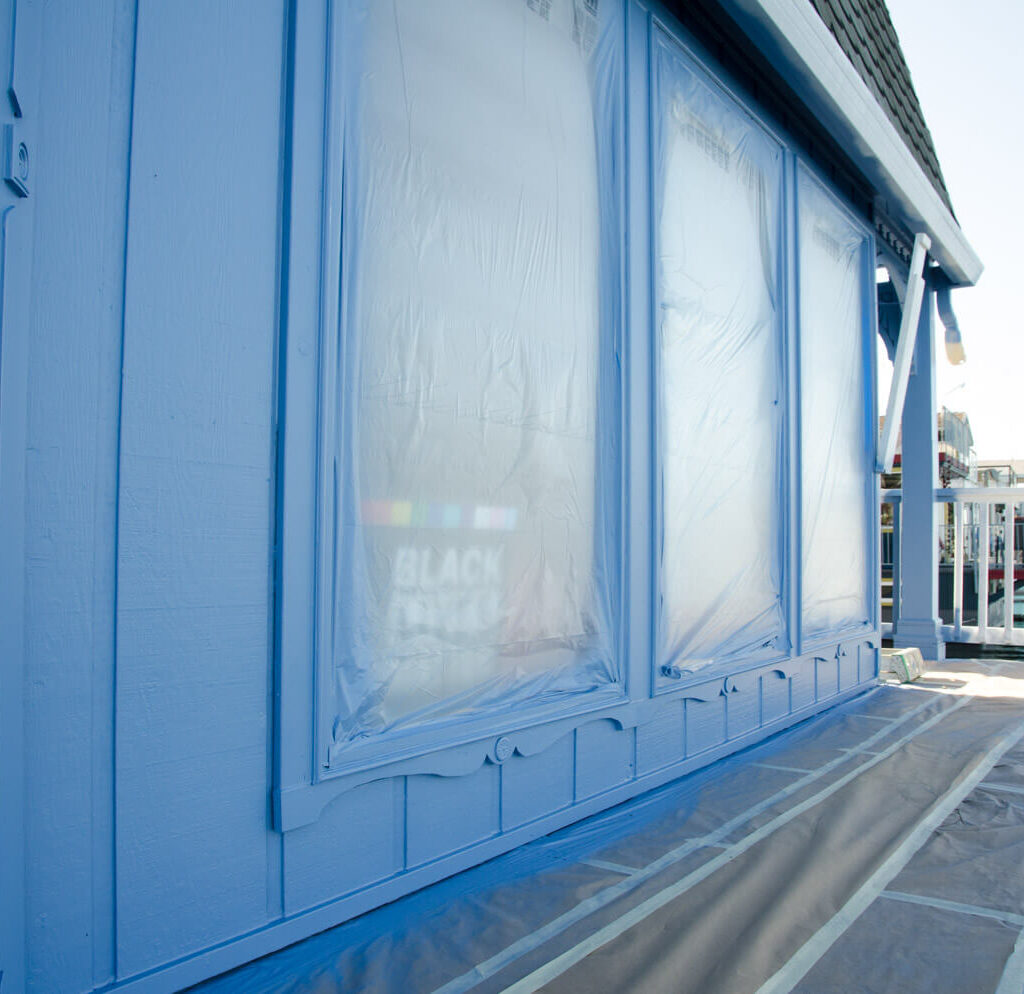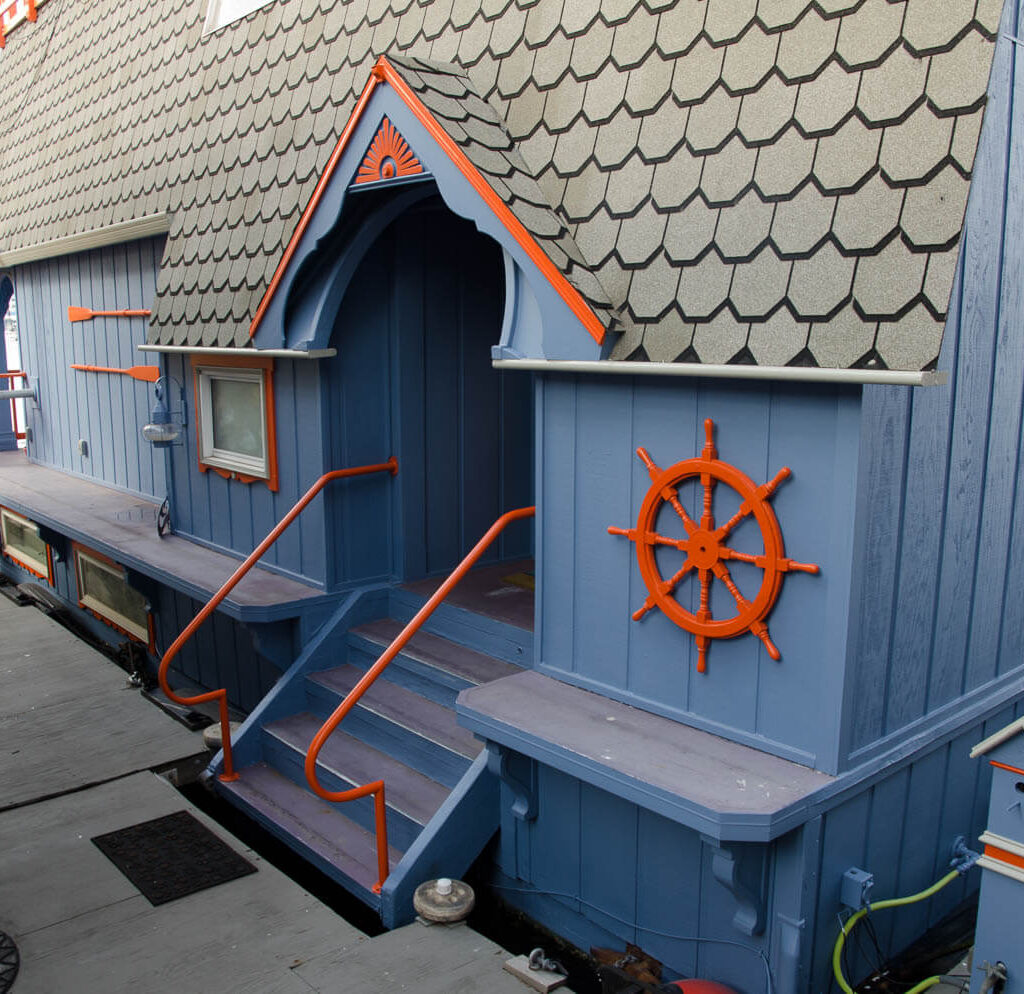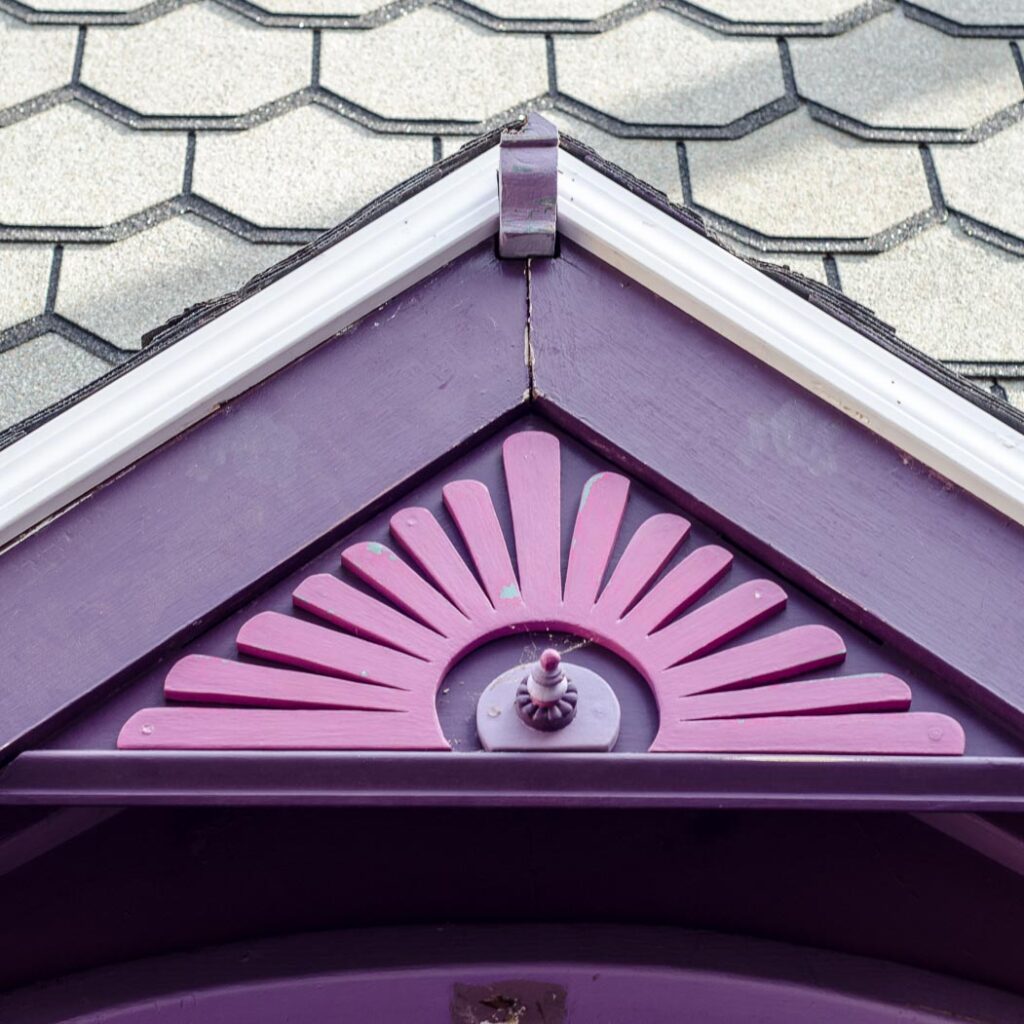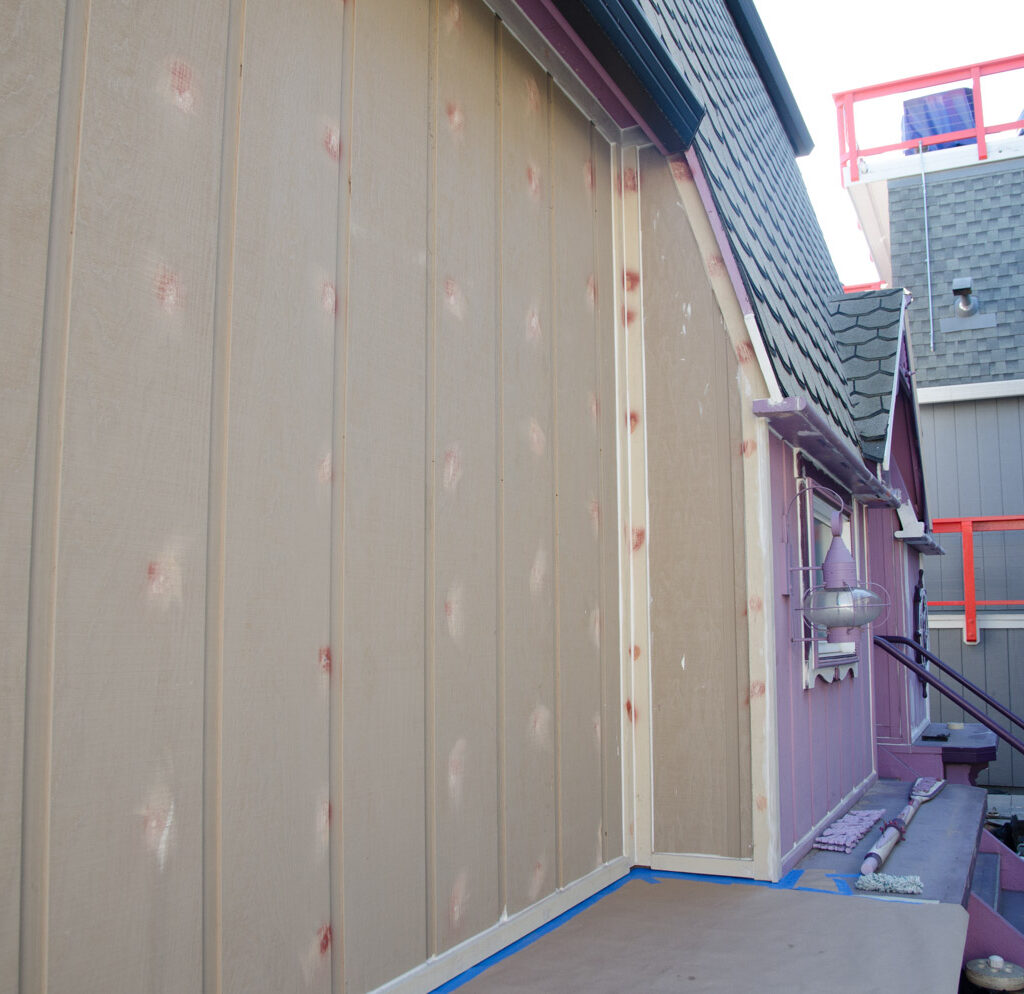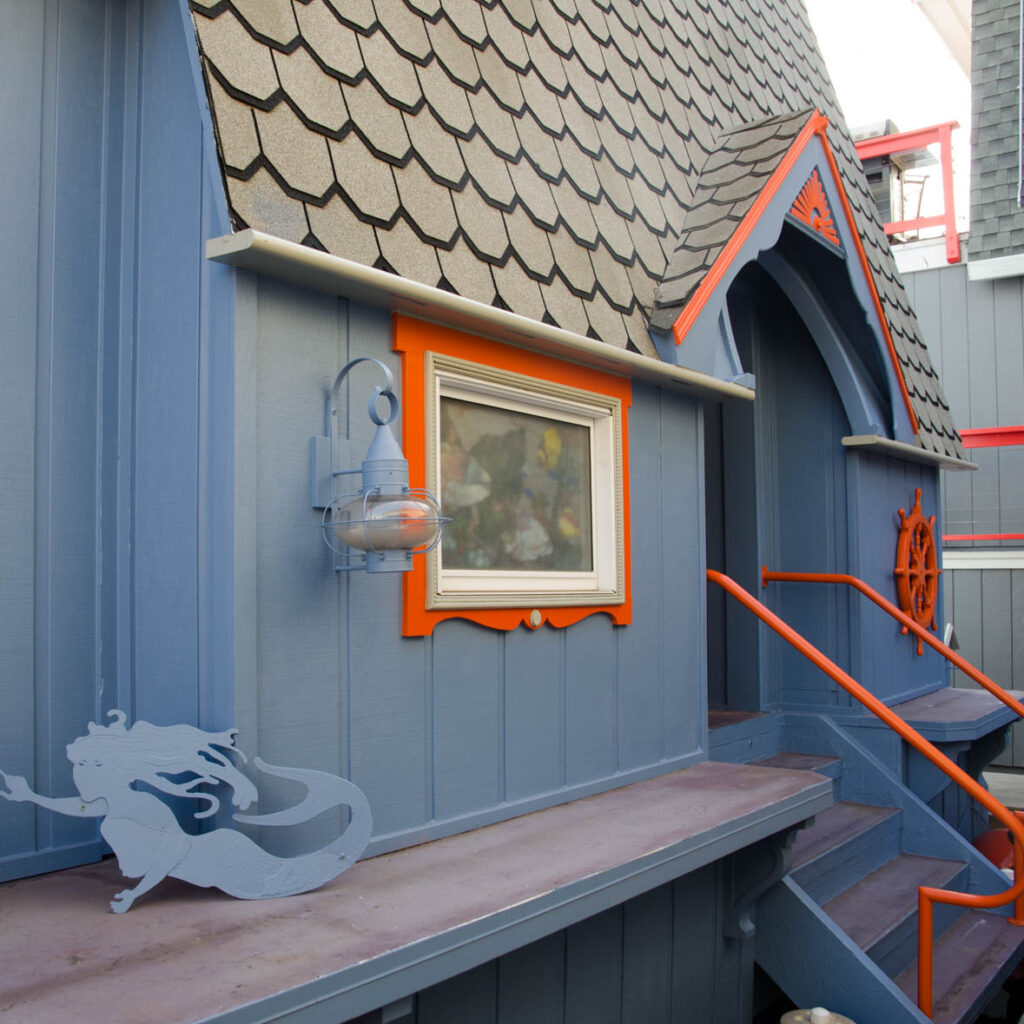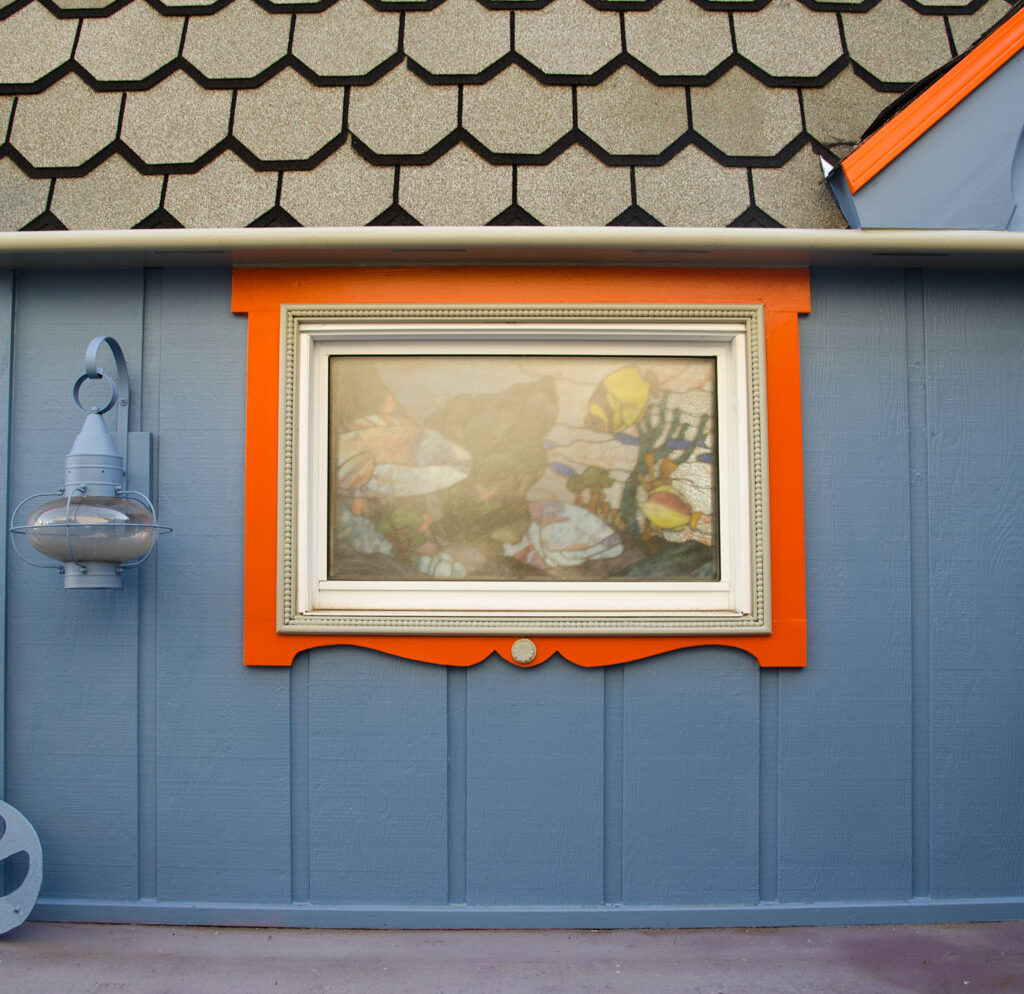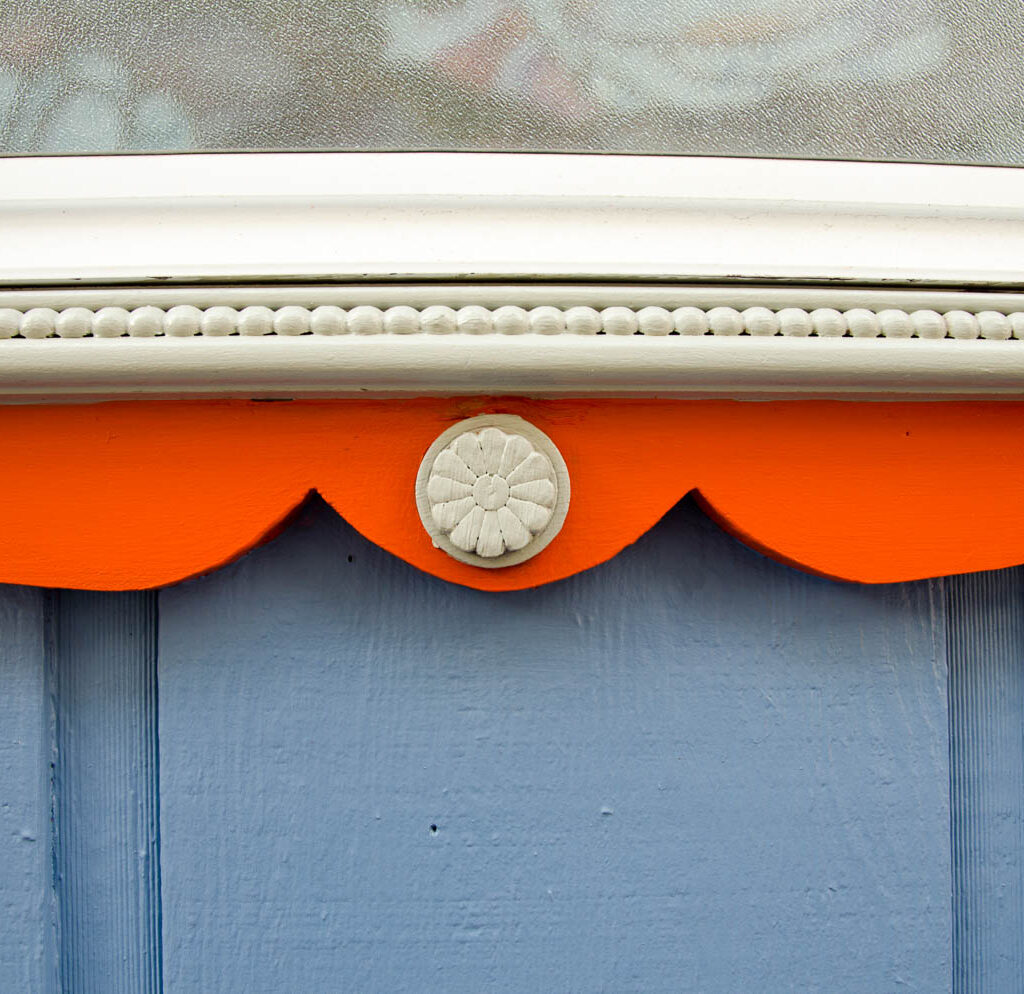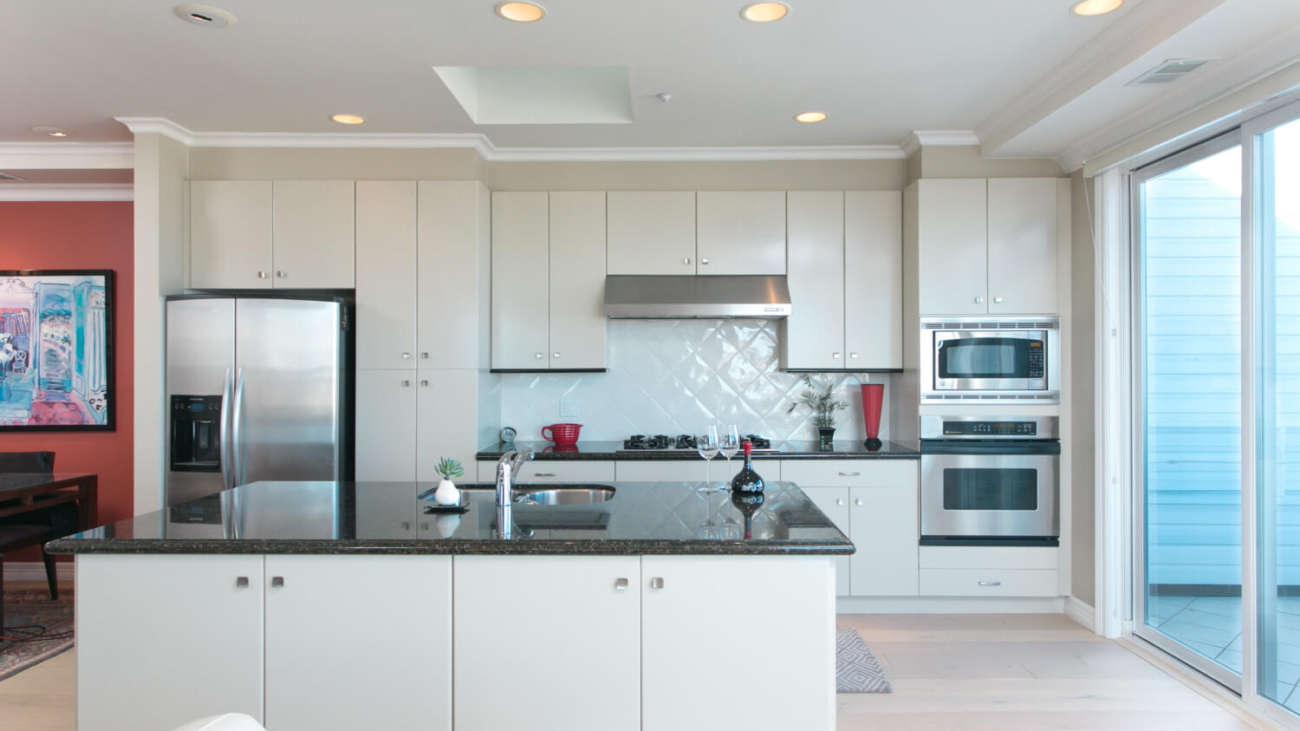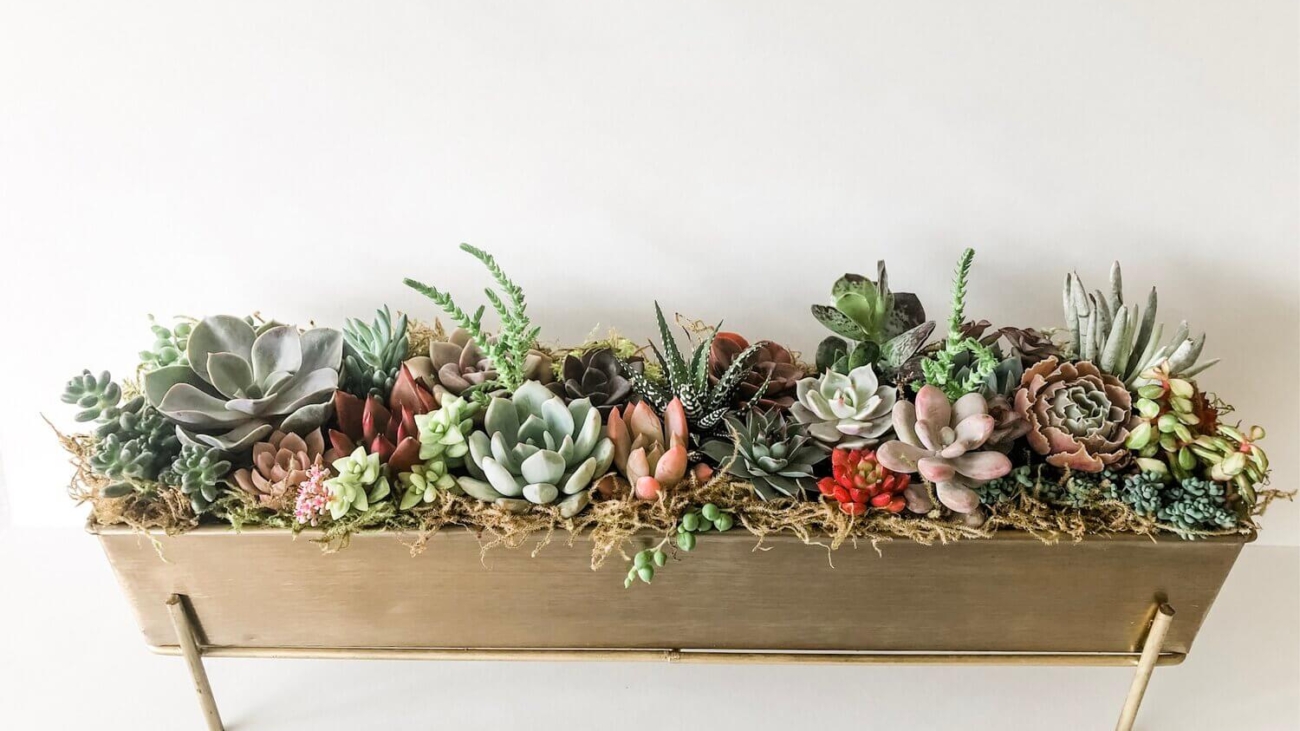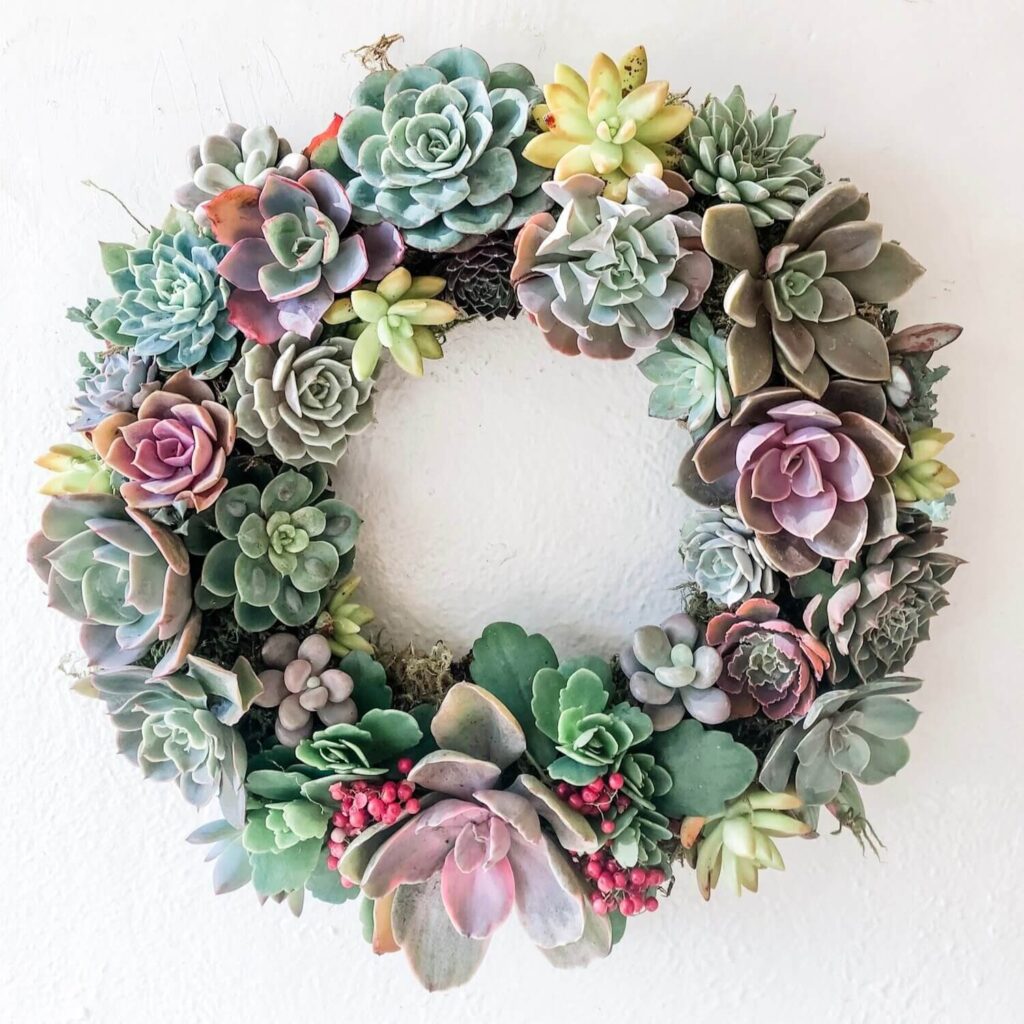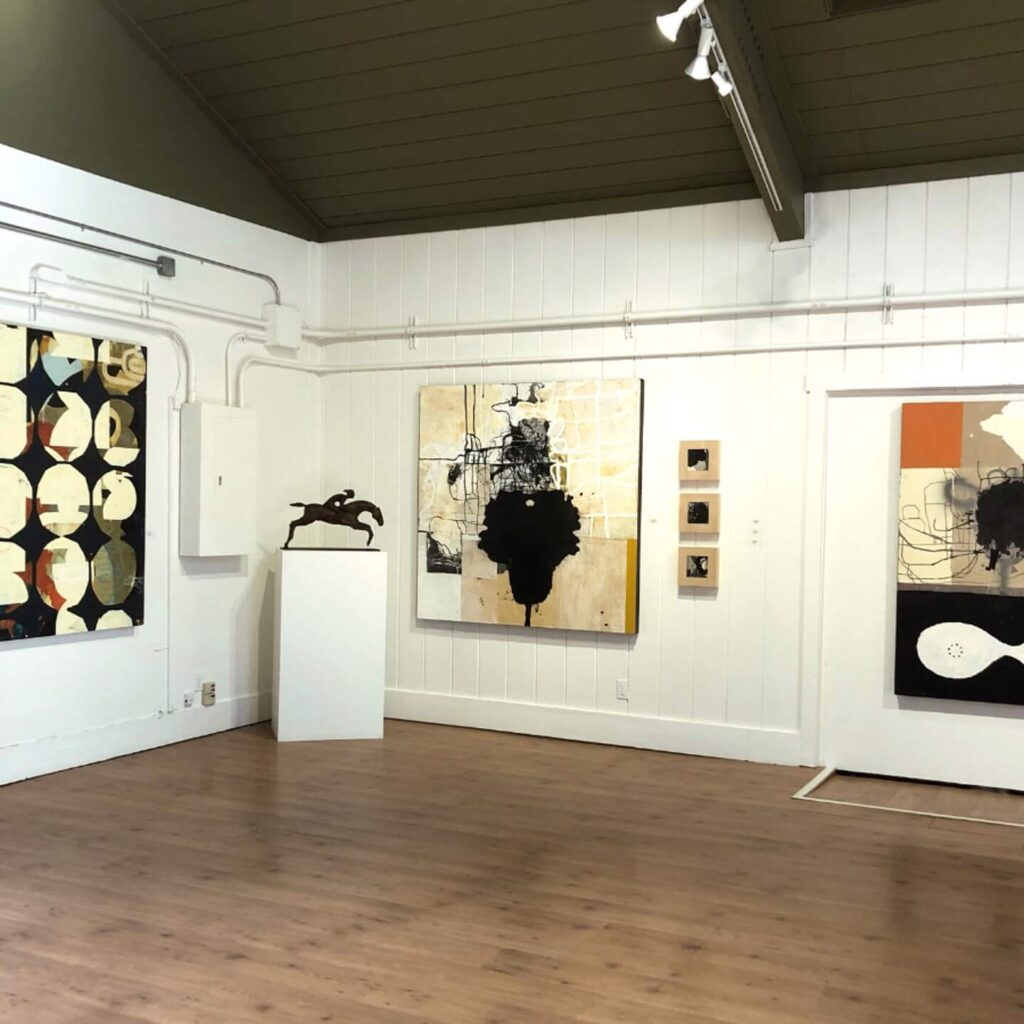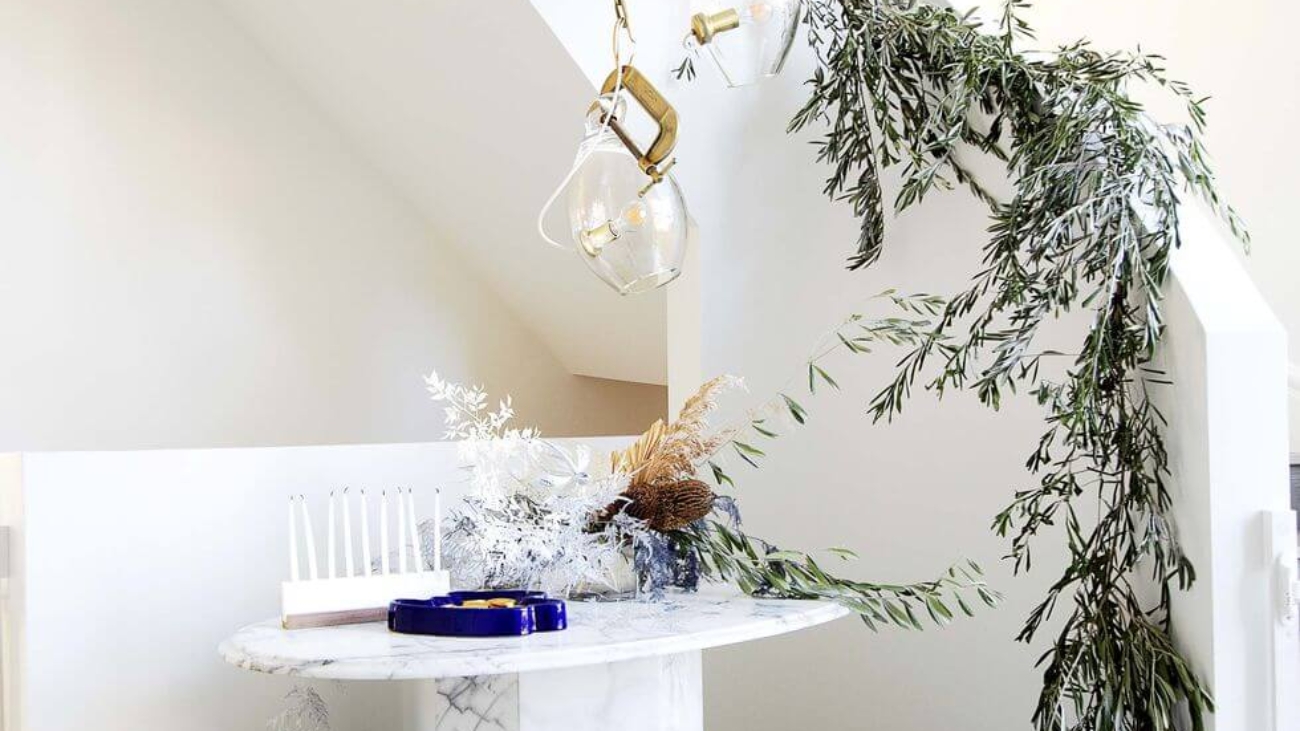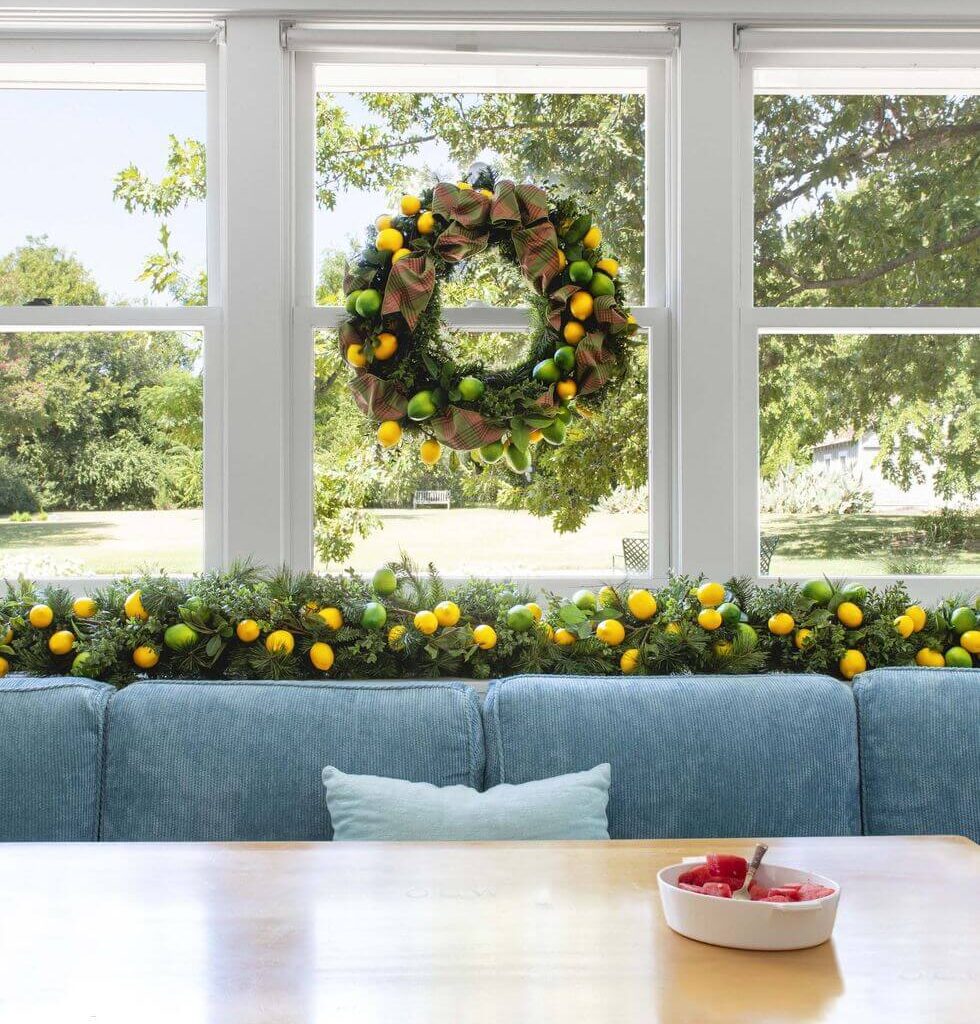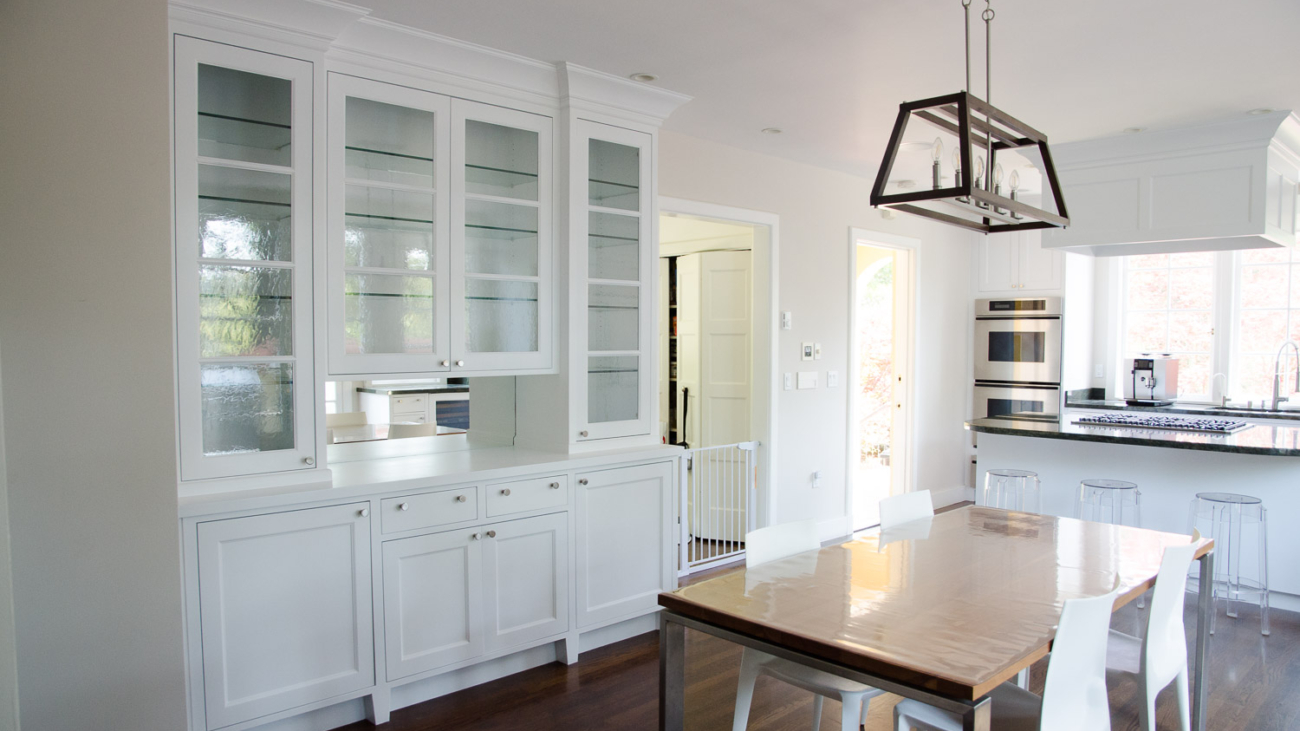As painting contractors, we at Arana are very attuned to the needs of the homeowners we serve, and the desire that many people have these days to be more “green” when it comes to certain products, processes, and material choices. One example is the increasing appeal and popularity of solar. In our position, we look at solar from a purely logistical perspective. In the order of operations, if you are thinking of adding solar to your roof, you would do that before hiring us to do an all-over exterior paint job, and after any repairs or roof replacement that your roof might need.
But, when the state of California recently announced that all cars must be electric-powered by 2035, we became intensely interested in the subject! In general, we agree that “green” is good. And overall, solar is good. However, we noticed that the recent announcement brought into focus for us certain questions like: Is the transition to solar truly as green as it intends to be? What is the intent vs. the impact of changing over to green technologies? And who actually gets to take advantage of green technologies and practices?
If there is a transition from gas powered cars to electric, by association, it seems clear that there needs to be a transition to alternative power sources, like solar, to further reduce reliance on fossil fuels. From our perspective, it is interesting to consider that a push for electric cars and solar to support that would also place more “power” in individuals’ reach, decentralizing energy production and control.
That then points to the question of equitable access to energy. The recent heatwave further highlighted serious concerns about the reliability of the grid overall when in the same breath, while stating the intention for all of us to go all electric, the state then asked residents to refrain from charging their electric cars at home so as not to strain the grid!
So, in 2035 California, if you have an electric car AND solar, you might be okay? If not, you might be staying home that day from work?
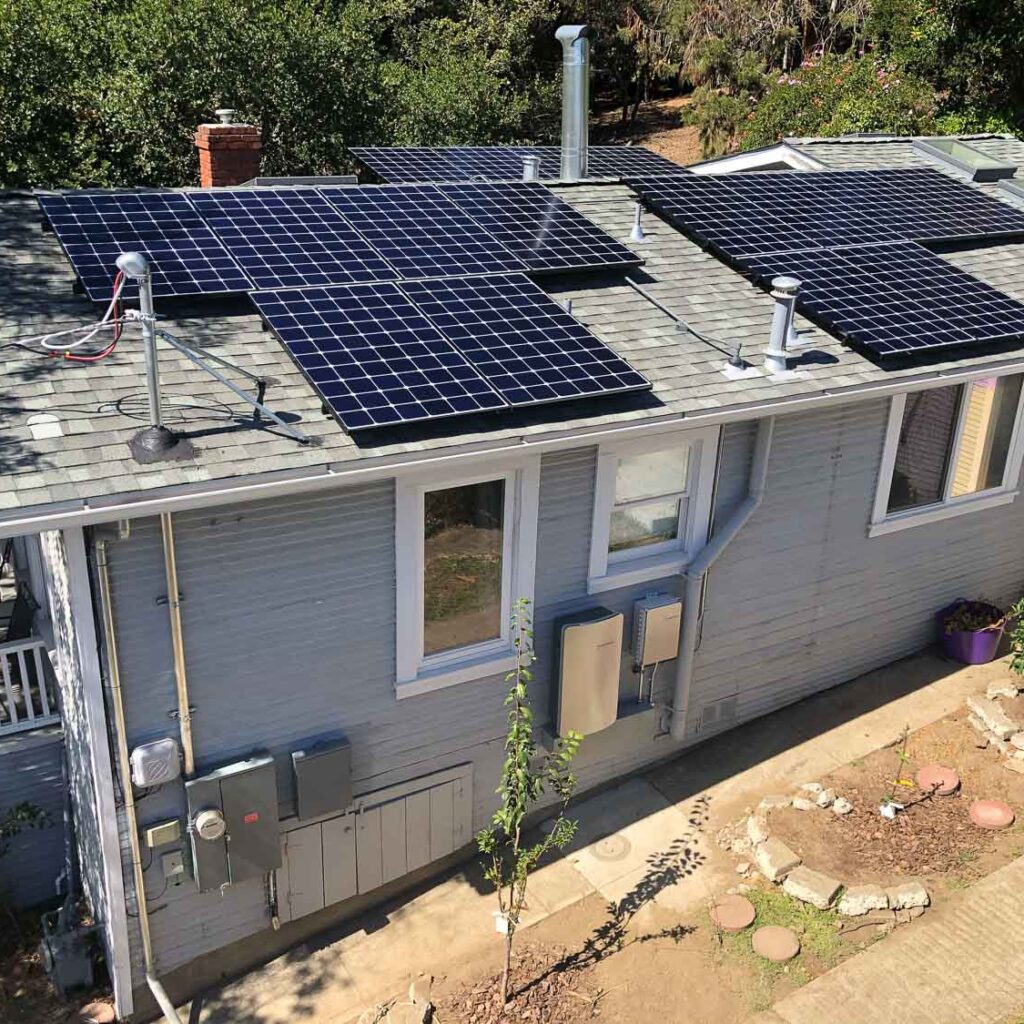
Having had personal experience with solar over the past two years in a rural area prone to grid disruption, Ernesto and I have our own opinions on whether the solar industry needs more time to mature before it can be a dependable and affordable source of energy for all. In addition, there are the potential social and environmental impacts relating to the mining of lithium required for batteries, which also leads to inconsistent supply; plus many more skilled contractors and reliable parts suppliers and manufacturers are going to be needed to support the increasing demand.
(See our blog article “Bay Areas Schools Train Next Gen Tradespeople“ for further discussion regarding the challenges of increasing the base of available and competent contractors.)
For an in-depth look at the ins-and-outs of solar, and to explore some of the complex questions that arise around this topic such as equitable access and long-range viability, we interviewed our colleague, Ben Giustino, a licensed general contractor and solar installation expert with A1 Sun (a1suninc.com). Ben has 15 years of experience working in solar power and energy storage, working alongside his parents since the founding of the Company in 2007.
The family’s interest in solar power traces back to Ben’s father, Larry Giustino’s childhood. Larry manufactured a photovoltaic cell through a Bell Telephone Lab school program in San Diego in elementary school at age 11 — and his experience continued through designing solar and thermal systems in the 1970s and 80s, and on to the 2000s. Ben and his family’s passion for and knowledge of the solar industry make them an ideal resource for our customers and we are excited to share this interview with you.
What is your process for advising a homeowner on how big/what capacity system they will need? What are the pros and cons?
An average 2,000 square foot home uses around 6,600kWh/year. If you have a South-facing roof, free of shading, that would be a roughly 4kW solar array. However every home is unique. In other words, two identical houses could have completely different consumption rates based on occupancy and how that individual (or family) uses electricity. We size systems for homes based on consumption, roof space, and budget.
The cost of installing solar essentially is you prepaying for all of the electricity your new system will produce over its whole usable lifetime. Solar is expensive up front. You want to make sure you have a design that works for you. You also want to make sure you get a good installer that will be there to service the system.
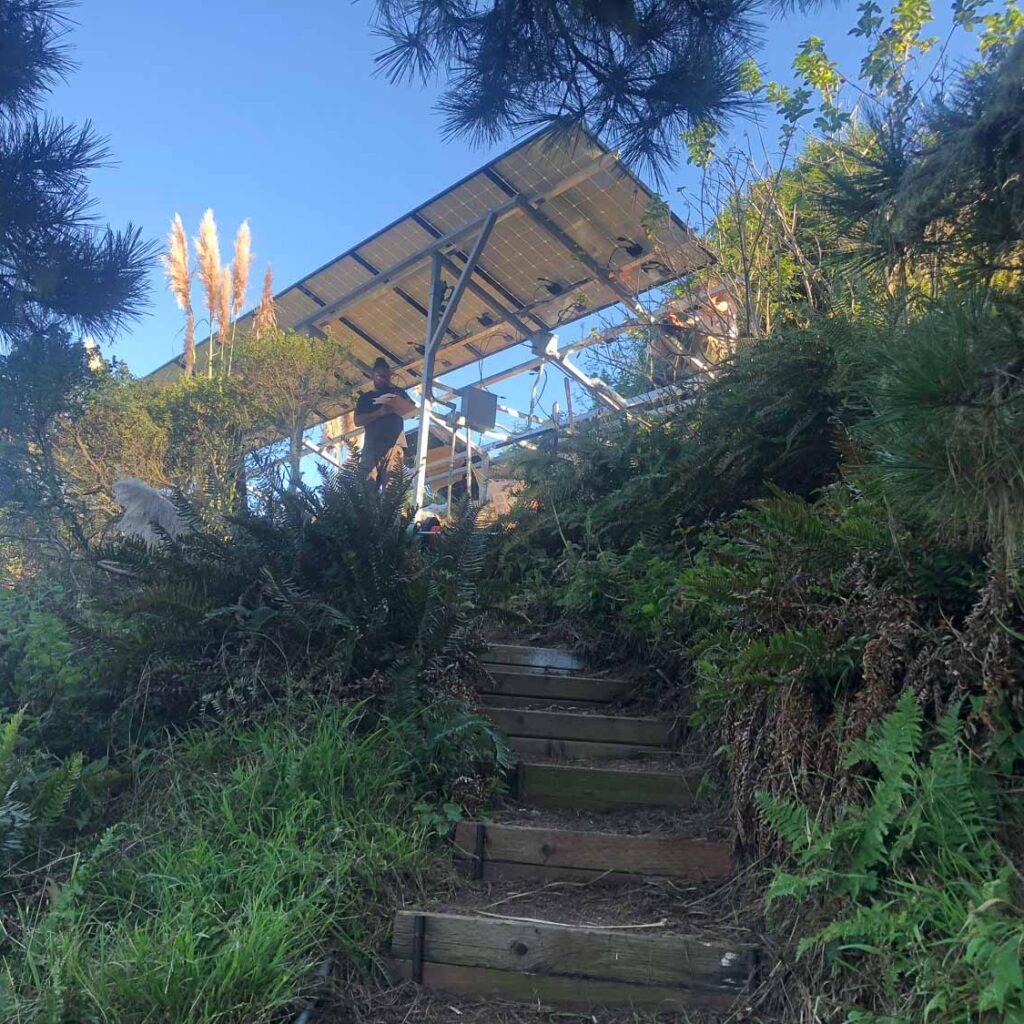
How do factors such as pitch of roof, presence of trees, direction it faces, determine if someone can use solar power?
For a good installation, you have to take into consideration anything that is important to the homeowner, plus site challenges or constraints. In certain situations, solar is not a good idea. The main reason you wouldn’t want to install solar is if there is no access to sun. The more sun on your roof, the better the power production and the cost-effectiveness of solar. As long as you have sun, solar makes sense at any scale. With access to sun, you can produce enough power to operate a single cell phone, to a single residence, to an apartment complex, to an entire city.
In order to have access to power at night, you will need to pair solar with storage and/or other forms of generation.
People should be aware that an old roof that needs to be replaced, old electrical that needs to be upgraded, a difficult site, a steep roof, lots of shading, etc., all affect how expensive it is to install a system and/or how quickly a system pays back.
One thing I would advise is to never think you should install solar on a roof that needs to be replaced. You really want to install a system and then maintain it for as long as you can. The longer your system operates, the less expensive it is to produce each kWh of energy. Let me repeat that for the people in the back, The longer your system is in operation, the less expensive each kWh of produced energy gets.
A cool thing to look for will be vehicle to home or vehicle to grid. This is where not only can you use the solar to charge your car, you can also use the car to power your home or offset peak demand on the grid in the evening. This is possible, but still just in its infancy. It will be a few years before code, vehicles, and technology are aligned. Currently, it’s awesome just to be able to charge your car from solar.
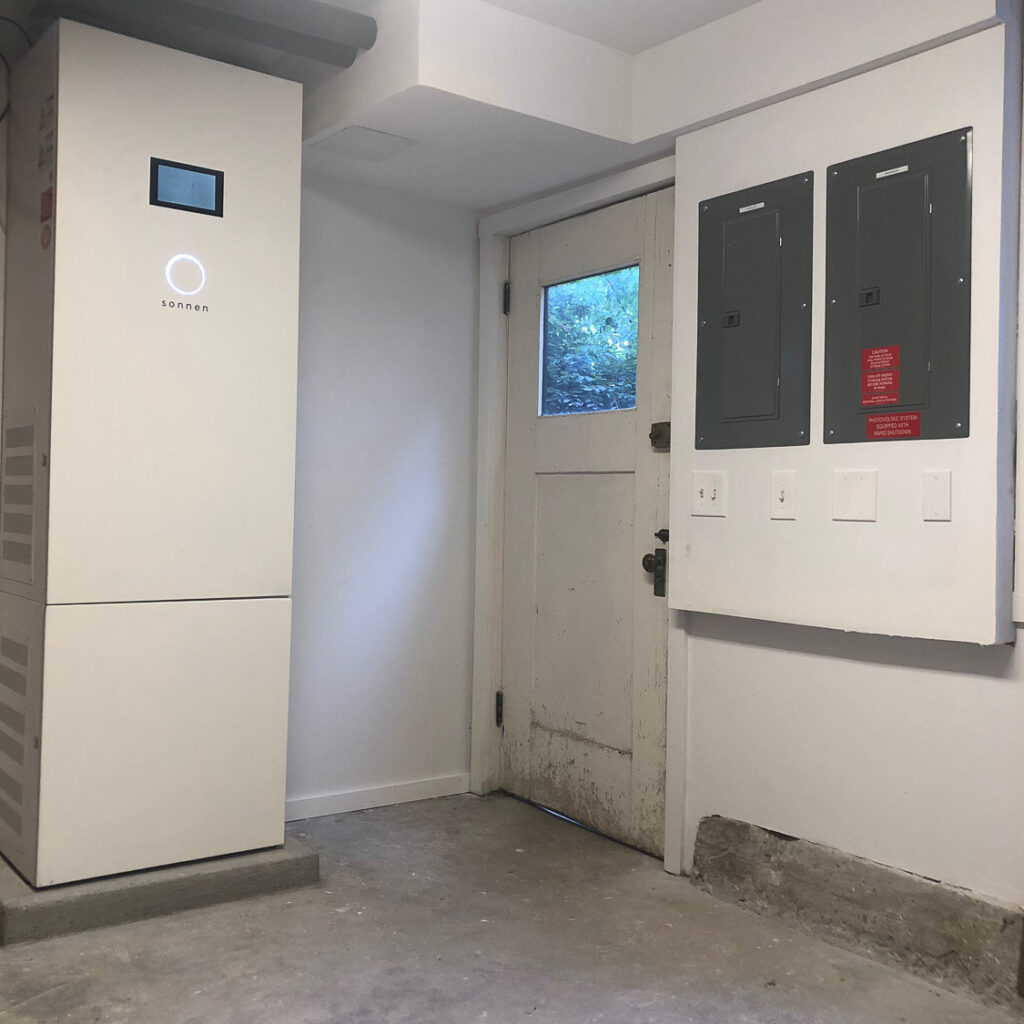
How does becoming energy-independent work? Self-supply electricity at home, with a battery?
Since this is a newsletter focused on homeowners, and residential solar and storage is what I do, I’ll stick with homes as the scale to focus on. But really, since solar is scalable, what I’m saying about homes can be scaled up as big as you want to go (*with some serious details to take into account) or down to powering a calculator.
So there are essentially three ways to generate and/or store electricity in a home. These can be mixed and matched:
A. Solar that is grid tied with no battery
This is the majority of solar systems you see in your neighborhood today. During the day you produce power. You export the energy you don’t use on site to the grid. Those kWh are banked at the rate exported by the utility, who sells it to your neighbors. Then at night, you consume power, which the utility adds to your bill. At the end of the year the utility gives you a yearly “True Up” bill where they either bill you for net usage or give you a credit for over consumption (at wholesale). This explanation is an oversimplification of NEM which are the interconnection rules for generation facilities.
Grid-tied-no-battery is actually the most cost effective way to have solar on your home. It is also the most environmentally friendly way to have solar, because it uses less components, meaning it takes up less raw materials, less carbon emissions from shipping from the manufacturer, etc.
B. Solar with battery which is also grid tied
All of the NEM rules still apply with imports and exports of kWh, but what happens when you have batteries is that you store your energy and use it on site, rather than exporting and importing from the utility.
This has some financial return, but it does not currently improve ROI because of the cost of the batteries. The real reason to have batteries is if you need power when the grid goes down.
Currently the reasons I would advise batteries is if:
- You rely on a medical device that needs access to power during a blackout
- Loss of power would lead to financial losses, such as with a home-based business, which would offset the cost to install
- If you just really want batteries
- If the current cost to install batteries is insignificant to you
- If you are prepping for complete collapse of the grid — in which case, make sure you prep other things like food, water, bow and arrows for the zombies…
OK, joking about the zombies. But, if you can’t say yes to any of the rest of those bullet points, my suggestion would be to wait on batteries.
As technologies continue to evolve in the industry, batteries will get better than what we have now; there will be more options that will be more capable, and hopefully cheaper, in the future.
You can always retrofit an existing grid tied solar array with batteries later.
Taking your system off grid is possible with batteries, however, you either want to slim down what you are trying to back-up or supersize your solar and battery — and get ready to fight PG&E. It is theoretically legal in California to leave the grid entirely; however current building code requirements include connection, meaning that homeowners are unlikely to get cleared for it.
C. Generator
You can also leave the grid by relying on a generator — by itself, or paired with battery back-up and solar. Currently powering a generator means relying on gas or diesel, but as time goes on, who knows? The downside of generators is that they are noisy, need refueling, need maintenance to operate, and typically are only used in outages.
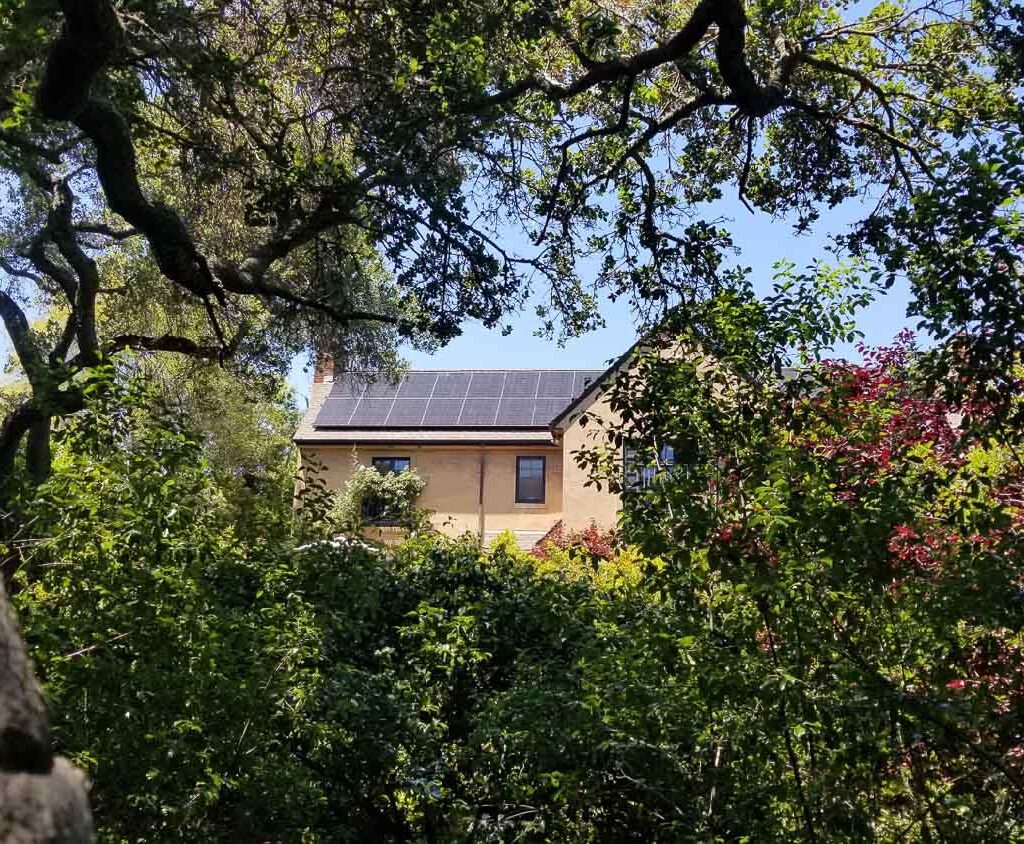
What else do you want our readers to know about switching to solar?
Being able to produce and store your own electricity allows you to be potentially more self reliant. Right now it makes sense to get solar because you get good interconnection rules, it creates an eventually carbon negative generation source, and it helps to push California/USA/the world’s generation towards renewable electricity generation.
Now or later, you can add storage. Lithium based batteries are finally at scale, meaning they are relatively affordable with less maintenance required (as compared to Lead Acid batteries). They also allow you to store your cleanly generated power and use it on site. Batteries also can be used to help reduce peak evening demand on the grid, as your system will likely be exporting power to your neighbors in the evening.
However, batteries will get better. I’m hopeful for more environmentally-friendly batteries. My personal favorite (which is a viable option now) is Saltwater batteries. In theory, they are great for stationary applications, pose no fire danger, rely on plentiful ingredients, are relatively benign, and are reusable/recyclable. However, they are limited in how much energy they can store and deliver, compared to other battery types, are larger in size, and cost is still fairly prohibitive. We will see, as time goes on, how this technology evolves.
How does individual homes switching to solar impact the larger community? The environment?
Solar in general is beautiful. Producing Electricity from the sun. Solar on homes is practical. You are making something you need right on site where you need it. Storage makes sense because then you can store energy for when you need it. Solar and Energy Storage as an industry also creates good-paying local careers world-wide, and hopefully more domestic manufacturing jobs, as the industry grows.
The more solar that is installed, the greener the energy mix on the grid is during the day. While solar does take natural resources to create, the longer it is in use, the more CO2 emissions it offsets. In reality, solar panels can last for 50+ years. I’ve seen panels from the 70s still in use on an off-grid home in Northern California. If you charge your car from your solar, you reduce the footprint of having a car, which is still not insignificant, but every bit of reduction is good.
How do we (as responsible members of our local communities) make solar generated power more available to those who cannot afford to put a system on their roof? To renters?
There are many options here. The biggest pathway to making solar more accessible would be to have the apartment complexes or communities join together to install one shared system, with renters or lower-income homeowners having the option to buy into that system.
The larger the system, the lower the cost-per-watt to install, the more people that start-up cost is divided between, the cheaper your electricity gets. In the industry, this is known as “Community Solar.” Community Solar, also called “Shared Solar,” is essentially a private enterprise, multi-owner-collective, or government entity building a micro-grid — and PG&E does not like that.
To learn more about this issue of unequal access and possible solutions, visit:
e360.yale.edu/features/energy-equity-bringing-solar-power-to-low-income-communities
eesi.org/articles/view/naacp-equitable-solar-policy-principles-aim-to-increase-solar-adoption-for-underserved-communities
inequality.org/research/renewables-reduce-inequalityips-dc.org/wp-content/uploads/2017/04/RPS-Report.pdf
Do homeowners really get to sell energy back?
Currently, Yes. And at rates that make it practical to make the investment and have it payback in a reasonable amount of time.

Is solar getting cheaper as the industry evolves?
Yes and no. Over the past 15 years, solar has gotten less expensive to install. Panels are less expensive, equipment is better, and companies can generally do it better and/or faster. But the utilities companies don’t like Solar. Solar impacts their profit margins. Thus, they work to make it more difficult/expensive to install with added bureaucracy, rules, fees, etc.. Utility companies are actively trying to undermine the financial value of producing your own power.
So, while solar has gotten cheaper, utility companies are actively doing what they can to reestablish monopoly. NEM 3.0 (a revised “Net Energy Metership” policy) is their all-out attack on distributed renewables, a.k.a. rooftop solar, and this proposal is currently being debated by the California Public Utilities Commission.
To learn more about this battle, see:
latimes.com/environment/newsletter/2021-12-16/california-plan-to-cut-solar-incentives-boiling-point
nytimes.com/2022/01/24/business/energy-environment/california-rooftop-solar-utilities.html
sfchronicle.com/bayarea/article/California-solar-panels-17303762.php
If you want to get involved with advocating for your right to have and benefit from solar, visit: solarrights.org
Does a solar system have to be replaced/updated every 10 or 20 years?
Depending on how well-sized, designed, installed, and maintained it is, a modern solar system can operate well beyond the 25 years the modules and inverters are warranted for. Systems can also be updated over time with more panels, batteries, car chargers, home automation, etc.
The only part of the system that will need to be replaced over decades of use should be the inverters. Given the quality of current materials on the market, and if your system is well-installed, you should be able to use the panels and hardware/wiring/etc. for the next 50 years, or at least, in my mind, that is the hope.
All photos in this article provided by A-1 Sun, except for the featured/top image.
